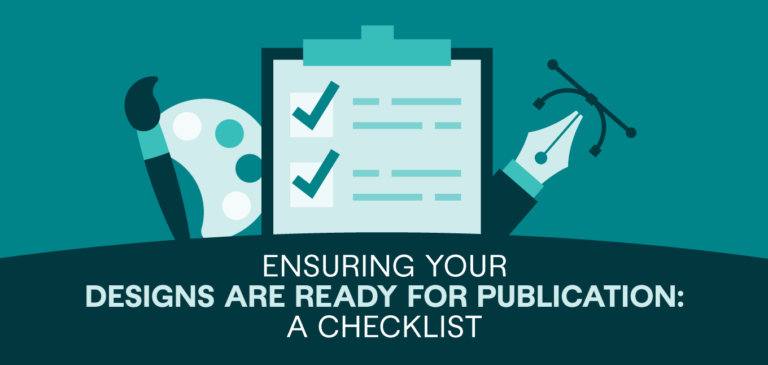Whether you’re the editor for a high-volume site online, a trade publication or a supermarket glossy, you’re putting in hours of writing/editing/emails/organizing during the weeks prior to publication. Managing those hours is what sets good editors apart from bad ones. And these hours are what set apart managing editors from all the other kinds of editors. Here are a few ways to manage it all:
Find your system.

You don’t have to be uber-organized, but you do need a system. The creative process is messy. For most, it’s not Excel. It’s Post-Its… and red pen… and maybe some crackers if you remember to eat.
You don’t have to have a system that everyone can follow. This is not the military where someone else might have to step in at any given moment with no training and know exactly what’s going on. But you should have a system that you can follow. If you’re spending time trying to find things or decipher your own system, hone it in and make it efficient.
Templates are your friend.
If you work for a magazine, you have the same department pieces and feature sections every issue. If you manage a blog, you have specific categories on your calendar. Develop templates for sending briefs, setting deadlines, communicating with your other editors and design team. Why reinvent the wheel every time?
Keep consistent.
As the managing editor, it’s your job to keep the rest the team on track as far as consistency. Maintain (or start) an in-house style guide. Keep brand guidelines handy.

Hold writers accountable, but also build in a buffer.
Plan on everyone being late every time. Don’t let any writer ruin your publication (or your day) because they didn’t turn in their assignment exactly when they said they would. If writers turn in something on time, let it be a pleasant surprise. Have a backup plan to publish in its place or set false deadlines so timing is relative.
This is not to say you shouldn’t hold writers accountable. They’ve got a job to do just like you do.
Ask an expert.
Journalists are a mile wide and an inch deep — as in they know a little about a lot of things. If you’re editing a story about a niche subject, find a subject-matter expert to read through it after you’ve edited to make sure it’s factually accurate. Some publications have an official advisory board just for this reason. If you don’t, at least keep a few go-to people nearby to double-check you on subjects that aren’t your main area of expertise.
Trust your team.
You’ll rarely be a copy editor or even a line editor. You’re paying attention to top-level stuff, strategy and your team. This means you have to trust your team. Teach them what you expect, but then get out of their way. If you’re tracking every comma, you’ll lose your direction.

Build your own stable.
Your go-to writers aren’t going to show up in a basket with a bow on your porch. They’re going to be scruffy one-offs until you find a dozen you love working with. Keep at it. Take referrals seriously. Give these good writers frequent work so they make you a priority when you need them most.
Get a grip on version history.
You’ve put a piece through the editing process, are polishing it up and putting the finishing touches on it… only to get another version from the writer, or find a more recent version saved on your desktop. There’s no good way to consolidate changes. You just have to start over.
Your best bet is to have a program that tracks all your revision history. ClearVoice does this so you never have to worry that you’re working on the wrong version.



